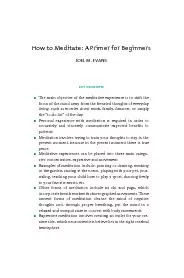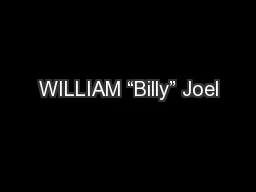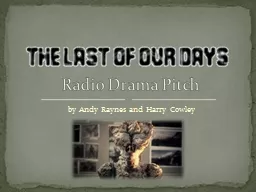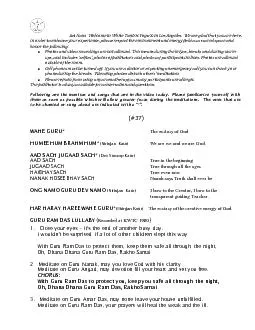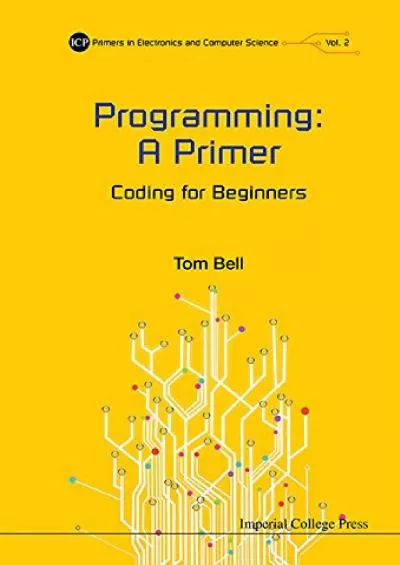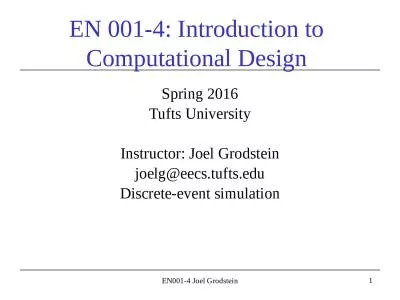PDF-How to Meditate: A Primer for Beginners JOEL M. EVANS
Author : phoebe-click | Published Date : 2015-09-03
key concepts e main objective of the meditative experience is to shi the focus of the mind away from the frenzied thoughts of everyday living such as worries about
Presentation Embed Code
Download Presentation
Download Presentation The PPT/PDF document "How to Meditate: A Primer for Beginners ..." is the property of its rightful owner. Permission is granted to download and print the materials on this website for personal, non-commercial use only, and to display it on your personal computer provided you do not modify the materials and that you retain all copyright notices contained in the materials. By downloading content from our website, you accept the terms of this agreement.
How to Meditate: A Primer for Beginners JOEL M. EVANS: Transcript
Download Rules Of Document
"How to Meditate: A Primer for Beginners JOEL M. EVANS"The content belongs to its owner. You may download and print it for personal use, without modification, and keep all copyright notices. By downloading, you agree to these terms.
Related Documents

